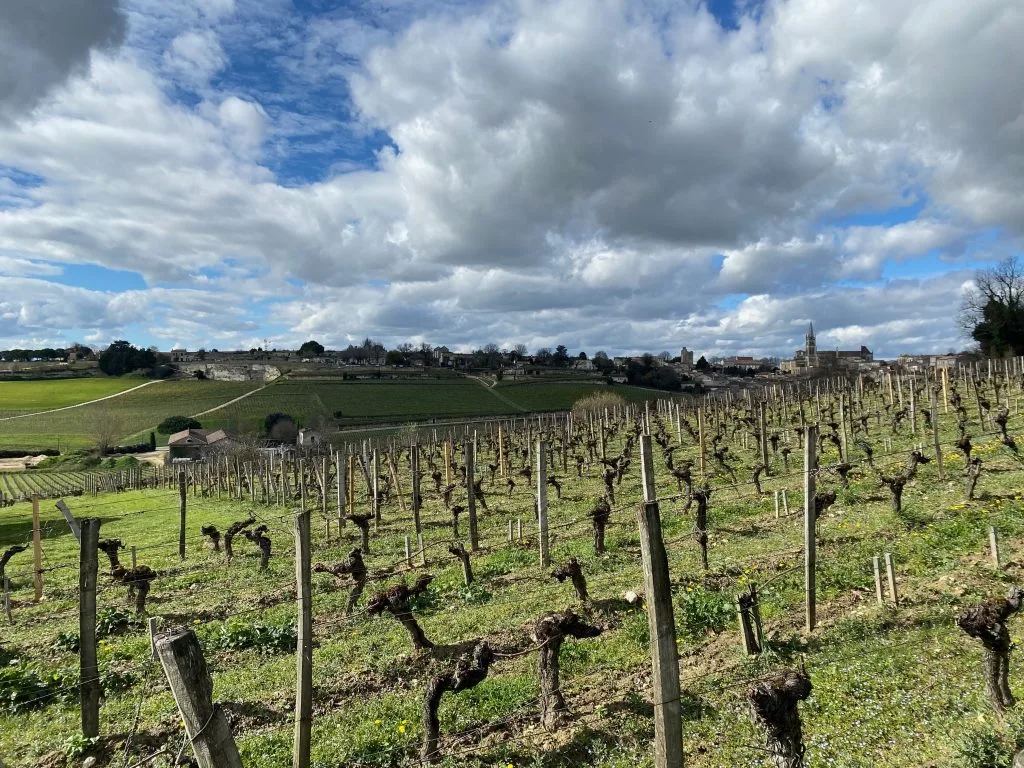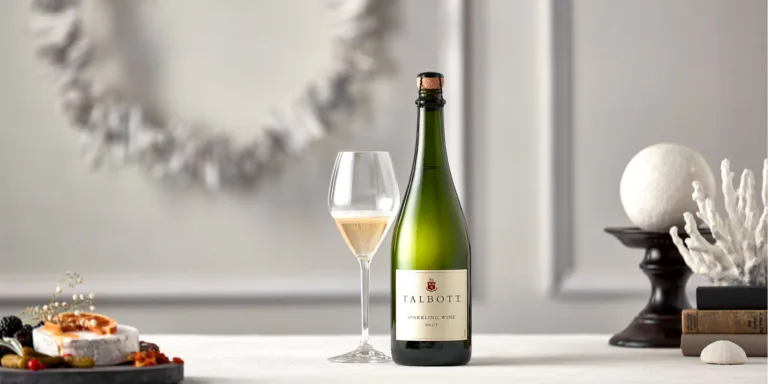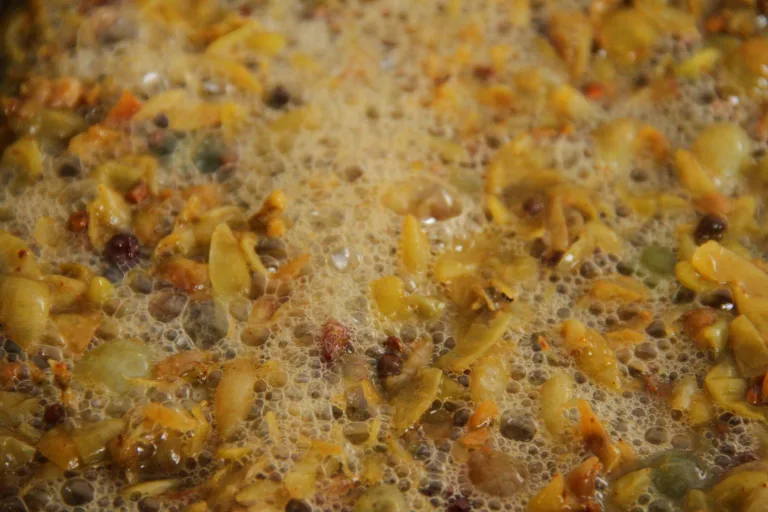In the second of his two-part vintage report, Bordeaux correspondent Colin Hay looks at the main features of a growing season that was notable for the significant challenges it posed and looks at what this means for the quality. As noted in part one of this Bordeaux vintage report, 2023 is a vintage that is likely to be judged favourably – a good and perhaps even a very good vintage, but it is not one that would not have turned out well even a decade ago. Its heterogeneity prevents it from being regarded as exceptional even it if is likely to have produced a number of truly exceptional wines. but how did we get there? What were the principle feature of the growing season? Principal features of the growing season Following the harvest, the autumn of 2022 was unusually hot, a continuation of the almost unprecedented summer conditions (and an augur perhaps of the Indian Summer that would ultimately prove so important to the ripening of the fruit). Yet the winter itself proved somewhat cooler than the, at least recent, norm (though in fact rather closer to longer-term averages due to climate change). January, in particular, brought a sudden drop in temperatures. In the end, 17 nights were recorded with temperatures below zero, around the norm for the last decade (though unusual in the context of the last 5 years). During the winter, the region saw significant, though by no means excessive, volumes of rainfall, contributing to a
This Article was originally published on The Drink Business - Fine Wine







